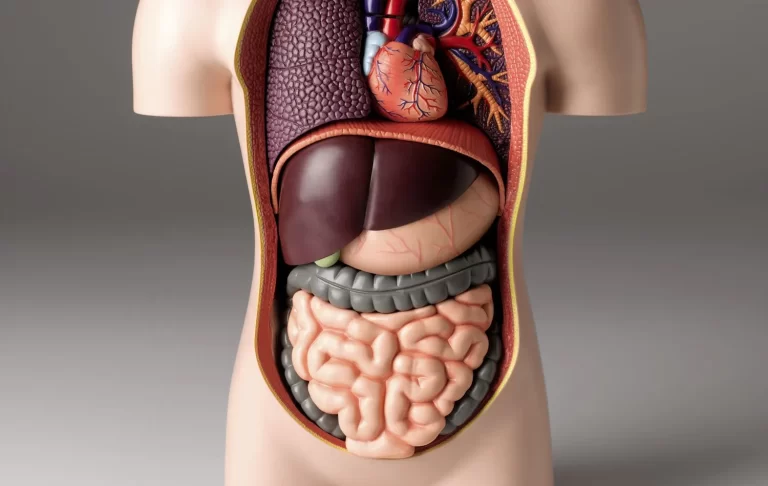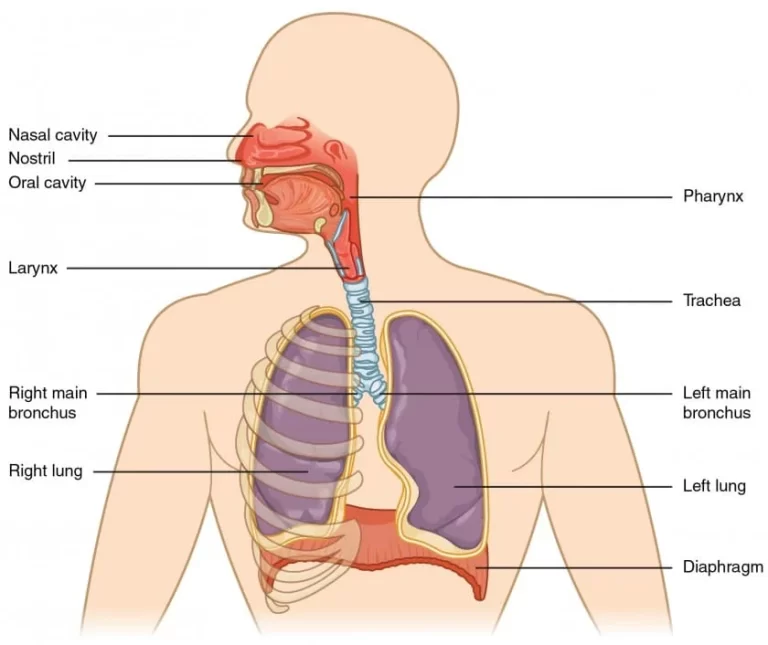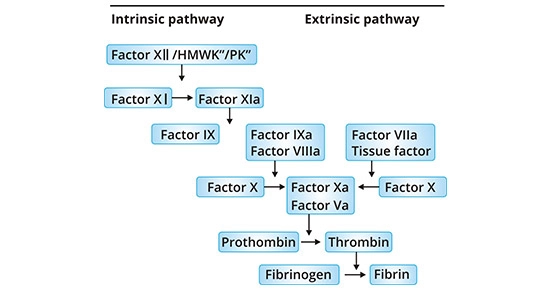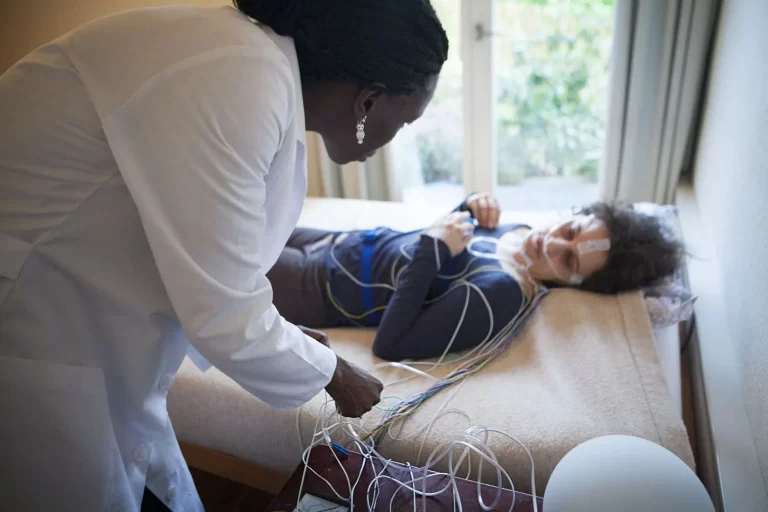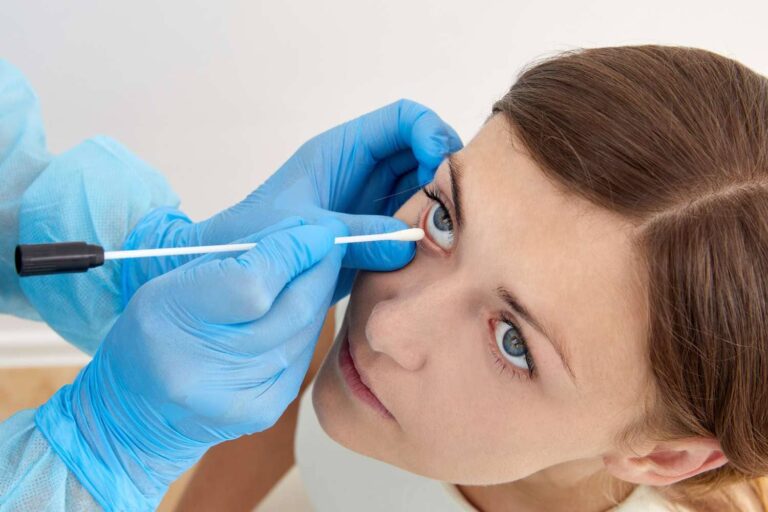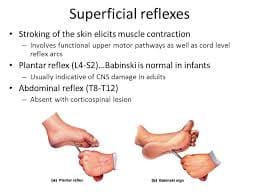Best Protein To Build Muscle
Protein is an important nutrient that plays a key role in developing and repairing muscle tissue. When you engage in strength training exercises, you break down muscle fibers, which then need protein to repair and grow larger and stronger. Consuming adequate protein is crucial for maximizing muscle growth and achieving your fitness goals. Anatomy of…


